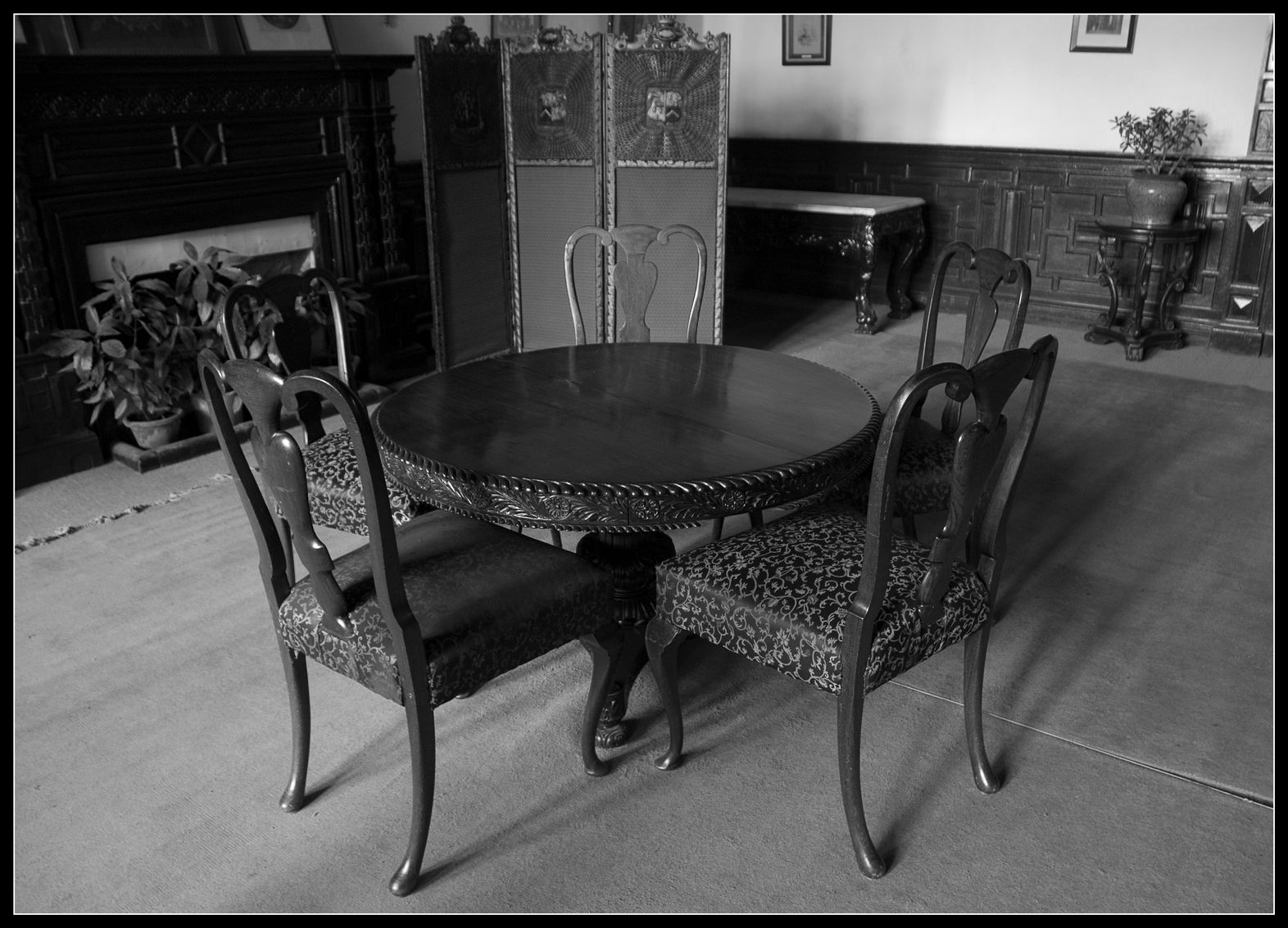Seated in his picturesque apartment in Manhattan, New York, Stafford Elias believes that though he has resided in several places, he is at present a New Yorker. Interestingly, his journey started in Calcutta in British India, where he was born to Nissam and Rachael in 1923. In his formative years, his parents did not encourage Elias to get acquainted with the children of his neighbourhood. But he soon ended up learning Bengali, Hindi and Urdu because he had to follow his father’s footsteps and expand the family business.
At times, Elias fails to recollect the names of his friends and misplaces the chronology of various incidents in his life. There are lapses in memory owing to his age. Yet, he vividly remembers that Calcutta drastically changed in 1947. Most of his Muslim employees left for Pakistan, and the city was overburdened with the Hindu refugees from East Pakistan. “I saw the refugees come on foot, buffalo cart, horseback and train. Some of them slept on the streets,” he said.
Initially, the situational crisis left his family untouched. Since they were Jews, they played no part in the unfolding communal politics that plagued Calcutta in 1947. So, his Hindu and Muslim friends trusted him with their valuable items, which he safely kept on their behalf. “But riots would often break out in Calcutta,” he said, “and there was this sense of insecurity that permeated the society at large. It was not at all good for business.” Within a few years, the prevailing tension forced him to leave Calcutta forever.
In the ‘Introduction’ to Looking Back: The 1947 Partition, 70 Years on, Tarun K. Saint opines that the memories of individuals who lived through the Partition had been strategically suppressed and silenced for quite a few decades after 1947. However, there has been a discernible shift in thematic focus in studies related to the Partition. The introduction of oral history has directed our attention to the emergent narratives of those who crossed the newly drawn international borders, bifurcating India and Pakistan.
Understandably, the narratives have primarily been secured from the members of the dominant communities – the Sikhs, the Muslims and the Hindus. At the same time, the Partition also affected those who were not directly associated with the entrenched communal divide in South Asia.
The narrative of Stafford Elias is a case in point.
Nasr Ullah Khan
In an almost similar fashion, Nasr Ullah Khan, who considers himself an Anglo-Indian, recounted his days spent in British India. His family owned a car repair shop at the foothills of Nainital. Many British families frequented Nainital for their summer sojourn, and they a paid visit to Nasr’s family garage. “My dad had just British friends; he hunted with the Britishers and asked me to accompany him. In my childhood, I played mostly with the British kids,” he said. The nostalgic ruminations of his days spent with the English families were followed by a sense of loss as the Partition took place.
Also read: The Living, Breathing Memory of the Partition
According to him, the saddest part was to find that their English friends left overnight without informing his family. He said, “After the Partition, my dad felt extremely lonely. To be honest, he had no friends, and we felt out of place.” His family decided to migrate as well, and his father sent Khan and his brothers to the US. While he was in the US, Khan got to know that refugees had forcibly occupied their home near Nainital. It was only in 2009 that he was finally able to sell the property in India.
Both these interviews are conducted by the ‘citizen historians’ of the 1947 Partition Archive. Founded by Guneeta Singh Bhalla, the Berkeley-based archive aims to record ten thousand oral history narratives of Partition survivors. So far, they have successfully archived around 9,000 interviews. The archive is gradually making the recordings available to researchers. It showcases how the oral interviews have traced the presence of Partition survivors scattered in different parts of the world.
In Partition Voices: Untold British Stories, Kavita Puri observes that following the Partition, many South Asians moved to Britain. With time, she has realised that their stories have largely remained untold. It inspired her to interview Partition survivors as part of a series on BBC Radio 4, which later took the shape of the book. By pursuing the same line of thought, one can argue that the narratives of Stafford Elias and Nasr Ullah Khan underscore the importance of oral history projects. Their stories do not fit into the familiar tropes of violence, survival and resilience that have dominated discourses around the Partition.
However, these stories are equally pertinent for the Partition altered the course of their lives. The community-based oral history projects not only help survivors to share their experiences. They also make the wider audience acknowledge that there are multiple stories of the great divide tucked in various corners of the globe.
Most importantly, it opens up new areas of research for scholars who are interested in exploring the lasting impact of the 1947 Partition, especially among those who did not belong to the dominant communities in South Asia. Such reading and re-reading of oral narratives drive the point home that the writing of history is not an end in itself; it is a continual process of evaluation that makes it contextual and subjective, contingent and interpretative.
Sumallya Mukhopadhyay has been awarded the TATA Trusts – Partition Archive Research Grant (2021) & the International Oral History Association Scholarship (2020). He is a doctoral candidate at IIT Delhi.
Featured image credit: Flickr

